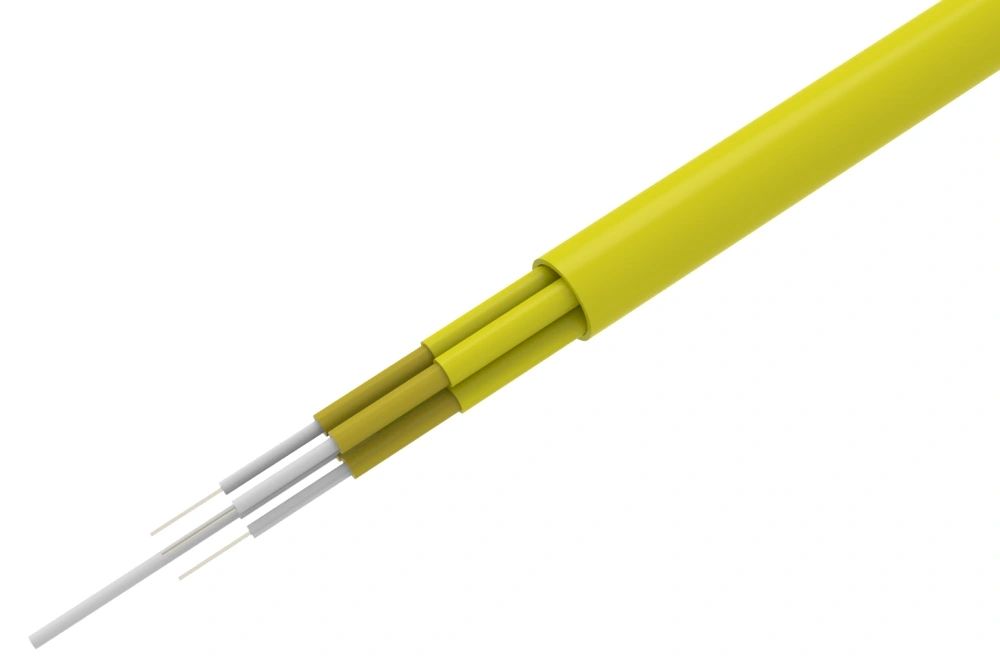Examining the Importance of Reliable Indoor Optical Cable Infrastructure

Indoor optical cable coverage plays a critical role in determining the overall signal quality and connectivity in modern communication networks. A robust and reliable indoor optical cable infrastructure ensures seamless transmission of data and information, thereby facilitating efficient communication. This article delves into the relationship between indoor optical cable coverage and signal quality, highlighting the significance of this correlation and its implications for communication networks.
The Link Between Indoor Optical Cable Coverage and Signal Strength
The quality and integrity of an optical signal are heavily dependent on the coverage provided by the indoor optical cable network. An extensive and well-maintained coverage ensures minimal signal loss or degradation along the transmission path, resulting in a stronger and more reliable signal strength for end-users. Conversely, a poor or inadequate coverage can lead to signal attenuation, interference, and data loss, significantly impacting the overall signal quality.
The signal strength within a network is influenced by various factors, including the distance between optical nodes, the type and quality of optical fibers used, and the distribution of optical cable infrastructure within the indoor environment. Optimal cable coverage ensures that the signal remains strong and stable, enabling uninterrupted communication and transmission of high-quality data.
Ensuring High Signal Quality with Comprehensive Indoor Optical Cable Coverage
Effective coverage planning and implementation of indoor optical cable infrastructure are essential to maintain high signal quality and ensure reliable communication networks. Here are some key considerations:
1. Density and Distribution: To ensure comprehensive coverage, optical cable installation should account for the network's capacity and expected user base. Adequate cable density and strategic distribution in indoor spaces minimize signal degradation and guarantee consistent signal quality throughout the network.
2. Cable Routing and Management: Proper routing and management of cables are crucial to prevent signal losses due to improper handling, bending, crimping, or stress. Organized cable routing and management practices minimize signal attenuation and damage, guaranteeing optimal signal quality.
3. Quality Materials and Connectors: Investing in high-quality optical cables and connectors enhances signal integrity and reduces signal losses. Using fiber optic cables with low dispersion and high bandwidth capabilities, along with reliable connectors, ensures minimal signal degradation and maximizes signal quality.
In Summary
Indoor optical cable coverage is directly linked to signal quality in communication networks. Comprehensive coverage planning, strategic cable routing, and the use of high-quality materials and connectors significantly contribute to maintaining optimal signal strength and transmission. By prioritizing the establishment and maintenance of reliable indoor optical cable infrastructure, organizations can ensure seamless connectivity and high-quality communication for their users.



